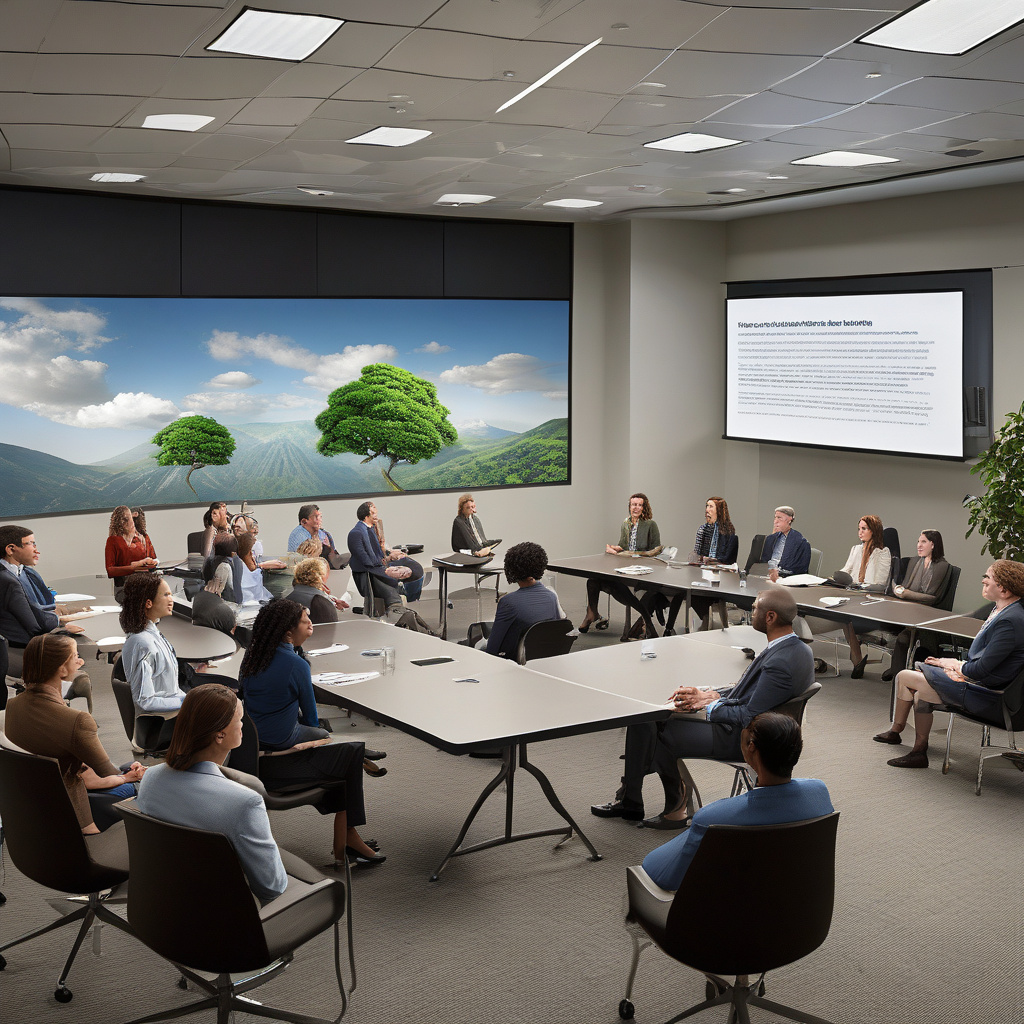Understanding Climate Disclosure at Scale: Leveraging LLMs for Green Initiatives
In a world increasingly aware of the urgent need for environmental action, the role of technology in driving sustainability efforts cannot be overstated. Leo Browning, in his insightful presentation, “How Green is Green: LLMs to Understand Climate Disclosure at Scale,” sheds light on the journey of developing a RAG system at a climate-focused startup. This system not only highlights the importance of leveraging Language Model Models (LLMs) but also underlines the challenges and strategies involved in applying them to a complex domain like climate disclosure.
#### The Evolution of Search Techniques: Precision and Efficiency
Browning’s exploration of the RAG system’s development reveals the critical evolution of search techniques within this context. By delving into the nuances of how LLMs can enhance the accuracy and efficiency of climate disclosure processes, he showcases the immense potential these models hold. This evolution signifies a shift towards more precise and data-driven approaches, enabling organizations to navigate intricate climate-related data with unprecedented ease.
#### Human-in-the-Loop Workflows: Balancing Automation and Human Expertise
One of the key insights Browning shares is the pivotal role of human-in-the-loop workflows in optimizing the performance of RAG systems. While automation streamlines processes, human expertise remains irreplaceable in ensuring the quality and reliability of results. By striking a balance between automation and human intervention, organizations can harness the full capabilities of LLMs while upholding the standards of accuracy and auditability vital in climate disclosure practices.
#### Strategies for Real-World Financial Applications: Scalability and Impact
Browning’s presentation also underscores the significance of optimizing RAG systems for real-world financial applications. By emphasizing scalability and impact, he highlights the need for sustainable solutions that can drive meaningful change on a broader scale. Implementing strategies that align LLMs with financial objectives not only enhances decision-making processes but also fosters a culture of environmental responsibility and transparency within organizations.
In conclusion, Leo Browning’s exploration of using LLMs to understand climate disclosure at scale provides a compelling narrative on the intersection of technology and sustainability. By overcoming challenges and leveraging innovative strategies, organizations can harness the power of LLMs to drive green initiatives, navigate complex data landscapes, and ultimately contribute to a more sustainable future. As the digital landscape continues to evolve, embracing technologies like LLMs becomes not just a choice but a necessity in shaping a greener tomorrow.
By Leo Browning
As professionals in the IT and development space, Browning’s insights serve as a testament to the transformative potential of technology in addressing pressing environmental challenges. Embracing advancements like LLMs with a focus on accuracy, auditability, and scalability can propel organizations towards a more sustainable future, where innovation and environmental stewardship go hand in hand.

